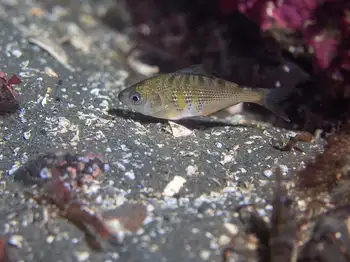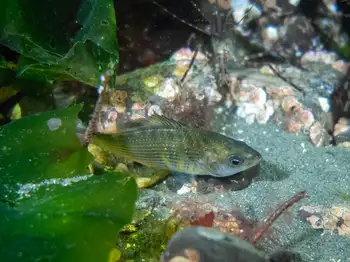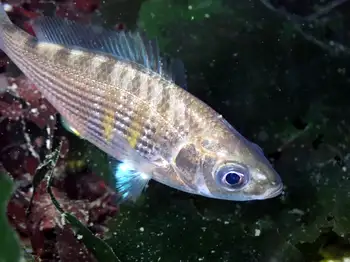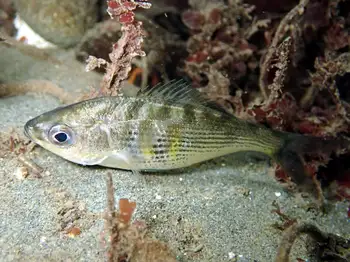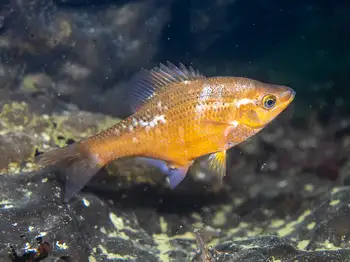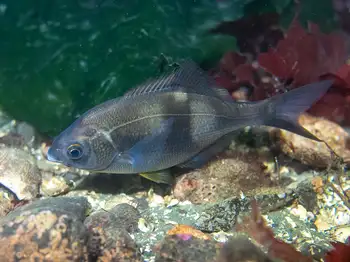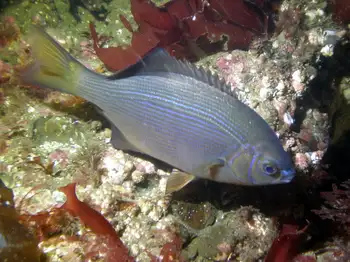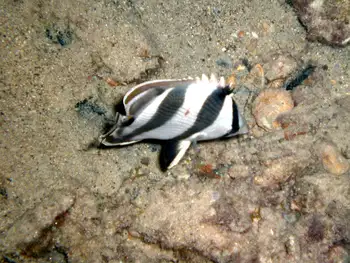Taxonomy
Animalia
Chordata
Actinopterygii
Perciformes
Embiotocidae
Cymatogaster aggregata
Shiner PerchClustered Wave-bellied
The shiner perch (Cymatogaster aggregata) is a common surfperch found in estuaries, lagoons, and coastal streams along the Pacific coast from Alaska to Baja California. It is the sole member of its genus.
Shiner perches are similar to tule perches, deep-bodied with a dusky greenish back and silvery sides that have a pattern combining fine horizontal bars with three broad yellow vertical bars. Breeding males turn almost entirely black, the barred pattern being obscured by dark speckles. Shiner perches are distinguished from tule perches by having fewer dorsal fin spines, just 8–9 vs the 15–19 of the tule perch. The rayed part of the dorsal fin has 18 to 23 rays. The anal fin has 3 spines followed by 22–25 rays.
Cymatogaster aggregata. Retrieved November, 05 2021, from en.wikipedia.org/wiki/Shiner_perch.
Similar Species
